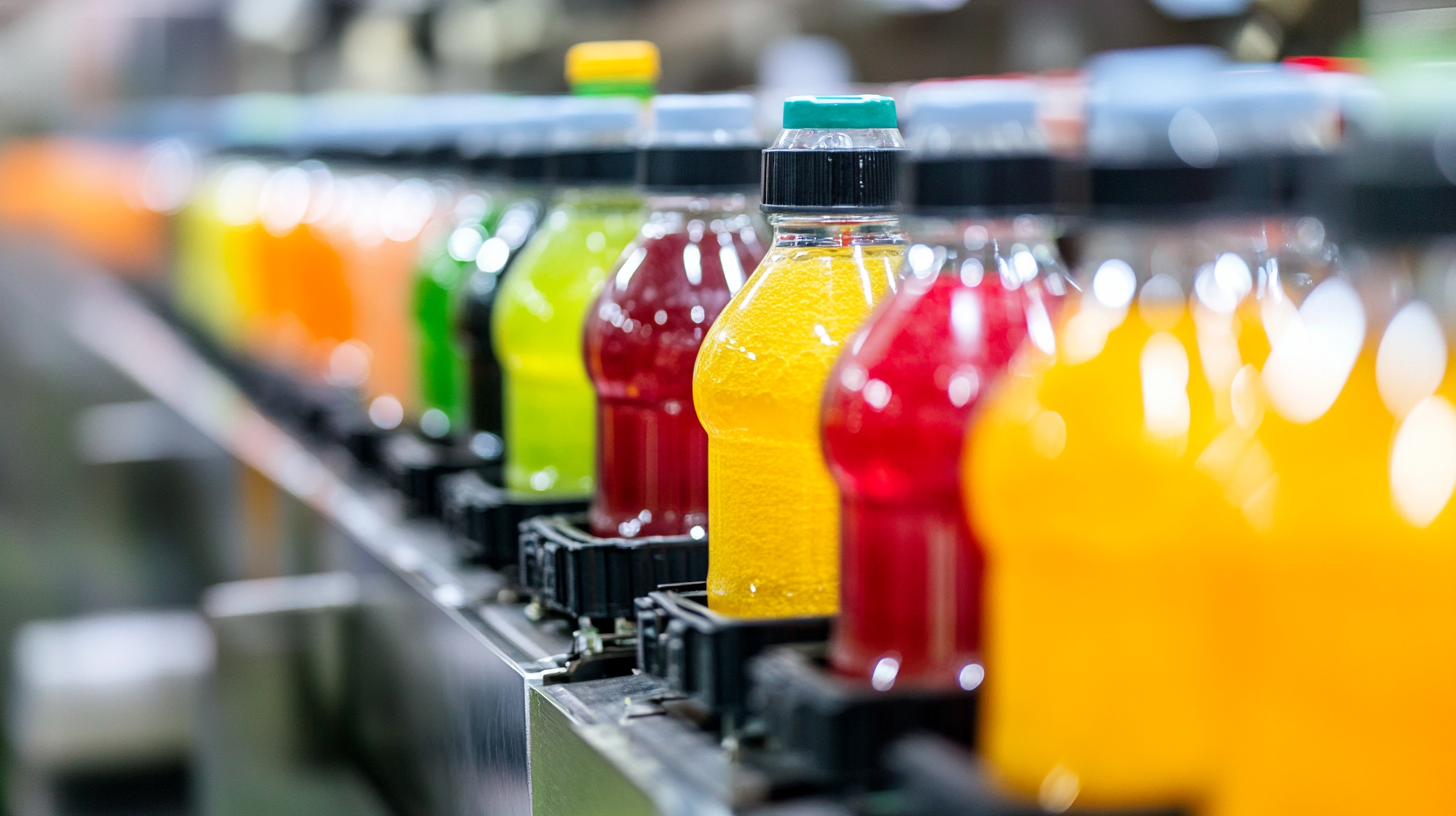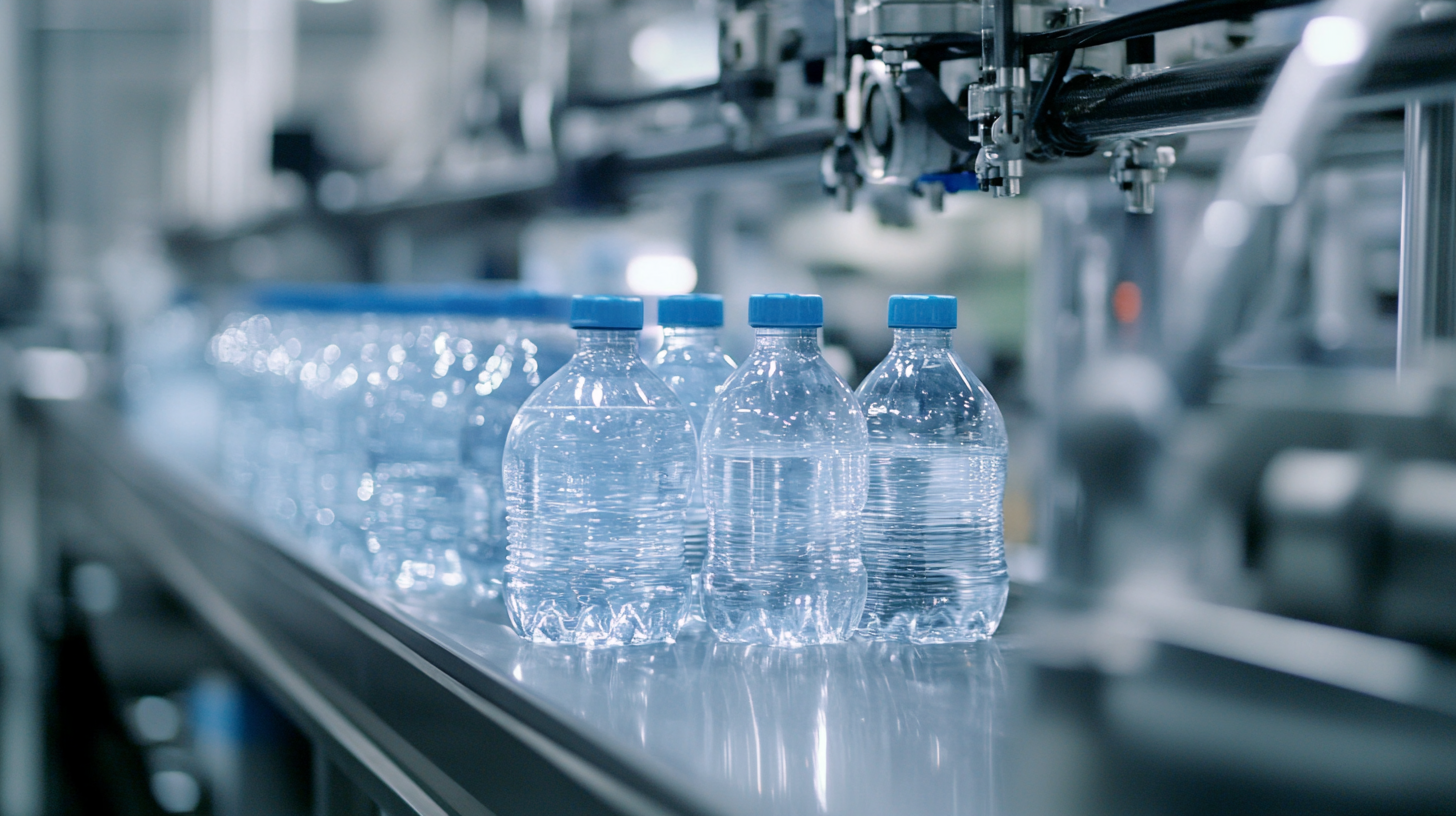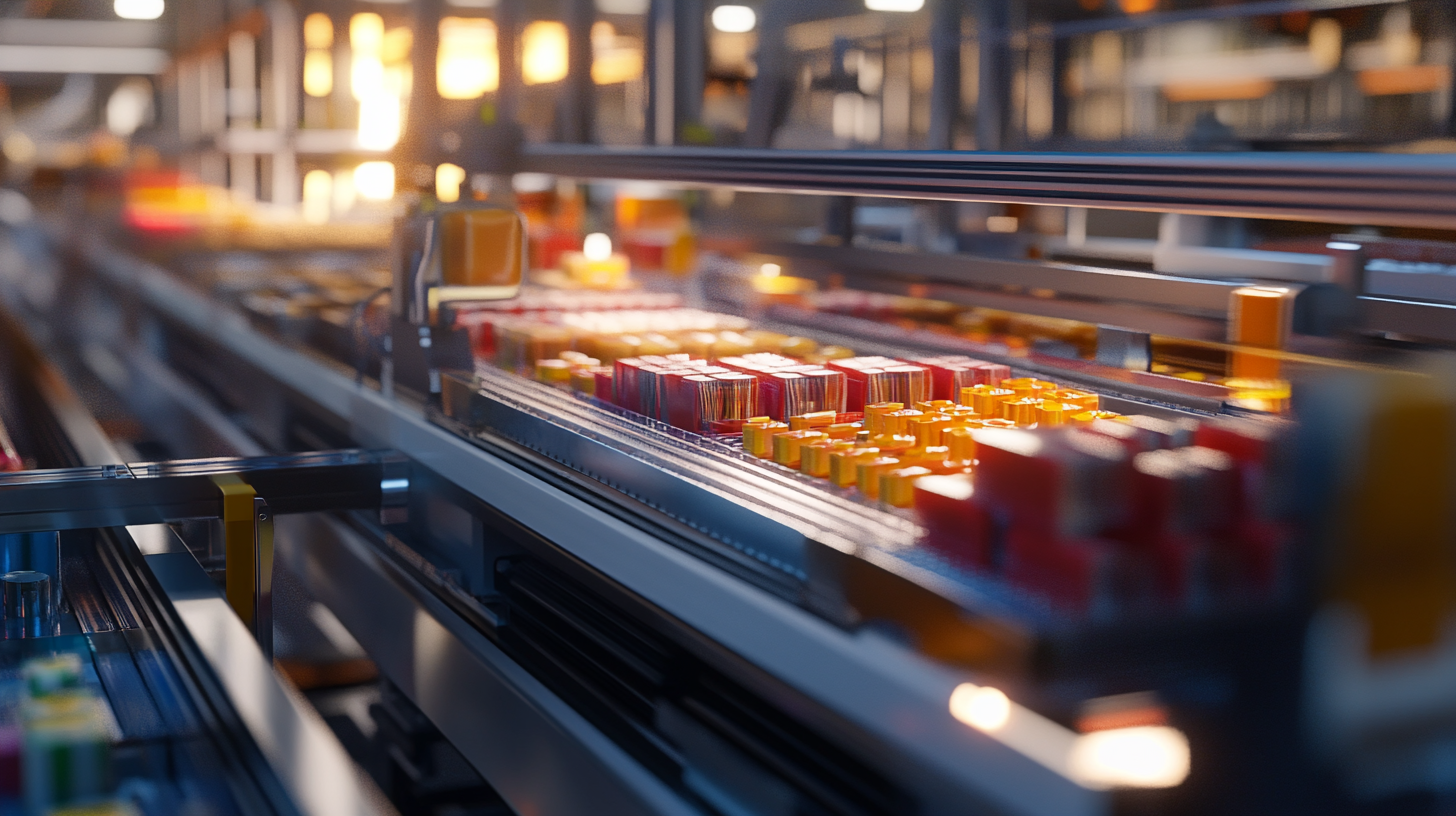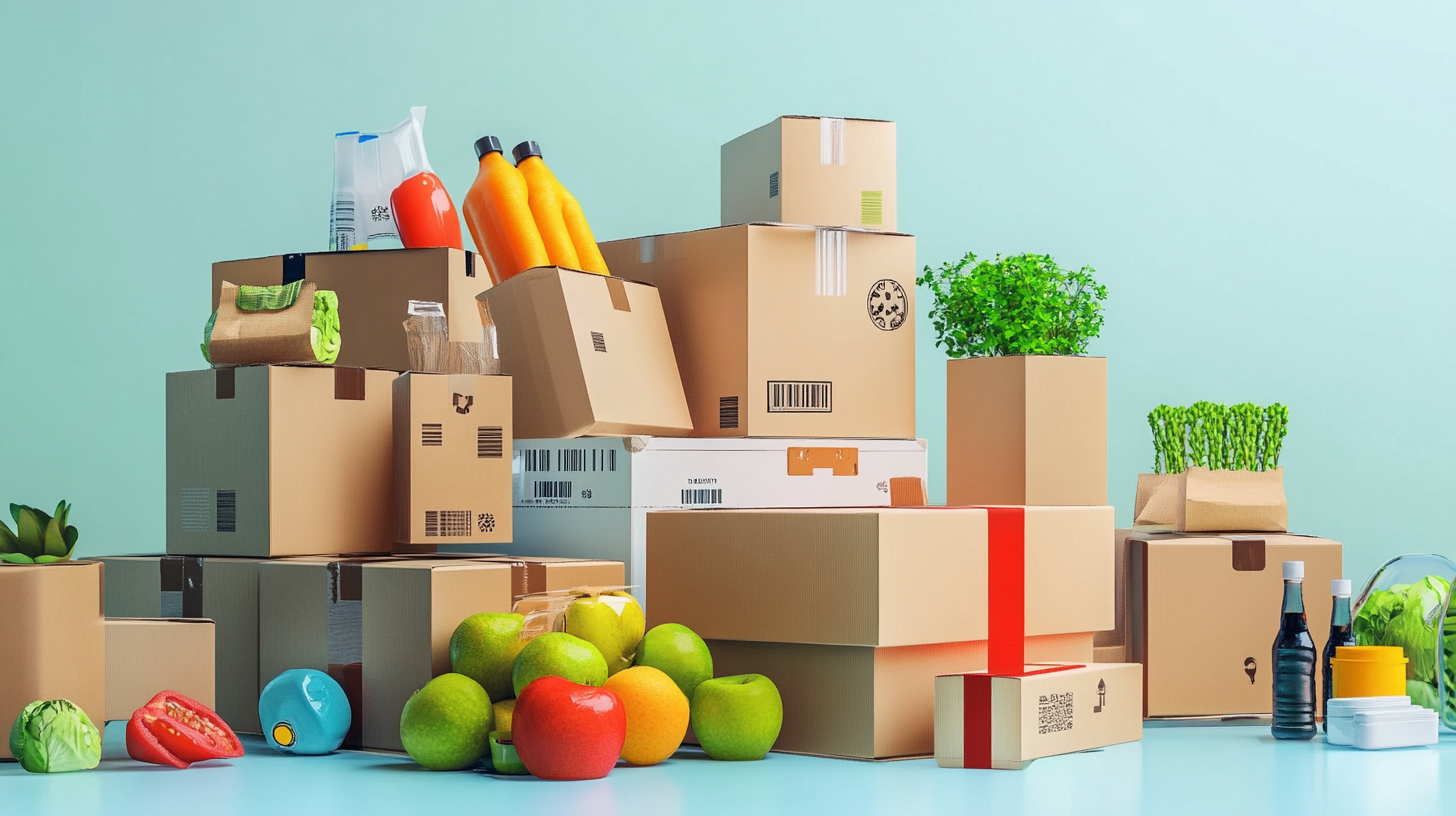Global Market Trends 2025 The Evolution of Fully Automatic Packaging Solutions
As we move towards 2025, the packaging industry is undergoing a remarkable transformation driven by advancements in technology and shifting market demands. The evolution of fully automatic packaging machinery has become a pivotal element in this change, offering manufacturers and businesses unprecedented efficiency, speed, and cost-effectiveness. With consumers increasingly valuing convenience and sustainability, the ability to automate packaging processes not only enhances productivity but also supports the need for eco-friendly solutions.
In this blog, we will explore the emerging global market trends that are shaping the future of fully automatic packaging solutions. From innovative designs and smart technology integration to the rising emphasis on sustainable practices, these trends are redefining how products are packaged and delivered. By examining the latest developments in fully automatic packaging machinery, we aim to provide insights into the opportunities and challenges that lie ahead for businesses in the packaging sector.

The Rise of Fully Automatic Packaging Solutions in the Global Market
The burgeoning global market is witnessing a significant shift towards fully automatic packaging solutions, driven by advancements in technology and the increasing demand for efficiency. According to a report by MarketsandMarkets, the fully automatic packaging machinery market is projected to reach USD 58.4 billion by 2025, growing at a compound annual growth rate (CAGR) of 6.5% from 2020. This trend reflects not only the need for higher productivity but also the growing inclination towards sustainability and reduction of labor costs in various industries. One key driver of this rise is the consumer preference for speed and convenience, coupled with the increasing e-commerce activities that require robust packaging solutions. A report from Grand View Research indicates that the e-commerce packaging market is expected to expand at a CAGR of 14.3% from 2020 to 2027, emphasizing the critical need for efficient and fully automated systems that can meet the fast-paced nature of online shopping. More industries are adopting automated solutions to keep up with the demand for customized packaging and reduce waste, aligning with sustainability goals that are becoming central to corporate strategies. Moreover, technologies such as Artificial Intelligence (AI) and the Internet of Things (IoT) are now integral to fully automatic packaging solutions. A study by Fortune Business Insights highlights that smart packaging technologies are transforming manufacturing processes, enabling real-time monitoring and data analytics that enhance operational efficiency. As businesses continue to invest in these innovative solutions, the market for fully automatic packaging is set to evolve significantly in the coming years, propelled by the pursuit of integration and automation.

Key Technological Innovations Driving Packaging Automation
The landscape of packaging automation is undergoing a significant transformation, fueled by key technological innovations that are redefining how products are packaged globally. As we move towards 2025, fully automatic packaging solutions are becoming increasingly sophisticated, integrating advanced machinery with intelligent software systems. This evolution is largely driven by the need for efficiency, cost-effectiveness, and adaptability in manufacturing processes.
One of the most impactful innovations is the advent of machine learning and artificial intelligence in packaging systems. These technologies facilitate predictive maintenance, optimize workflows, and enhance quality control, enabling manufacturers to respond swiftly to market demands and reduce downtime. Moreover, the use of robotics in packaging lines is becoming commonplace, with collaborative robots capable of handling diverse products and packaging configurations, thus minimizing labor costs and improving overall productivity.
Another exciting trend is the integration of Internet of Things (IoT) technology into packaging machinery. This allows real-time data collection and analysis, empowering businesses to monitor their operations closely and make informed decisions. Smart packaging solutions can liaise with other systems across supply chains, creating a more connected and streamlined approach to packaging. As companies continue to prioritize sustainability, innovations like biodegradable materials and energy-efficient systems are also gaining traction, ensuring that packaging automation keeps pace with environmental responsibilities.

Impact of Sustainability Trends on Packaging Solutions
The evolving landscape of sustainability is profoundly reshaping the packaging industry, prompting a shift toward fully automatic packaging solutions. As consumers become increasingly aware of their environmental impact, brands are compelled to embrace packaging that is not only efficient but also eco-friendly. This trend is evident as companies strive to reduce waste and utilize materials that are biodegradable or recyclable. The integration of sustainable practices into packaging processes not only meets consumer demand but also enhances brand loyalty and corporate responsibility.
Technological advancements in fully automatic packaging systems are facilitating this shift. These systems are designed to optimize resource usage, minimize material waste, and streamline production processes. Innovations such as smart packaging technologies and automated monitoring systems are enabling companies to track their sustainability metrics more effectively. By leveraging automation, businesses can swiftly adapt to changing regulations and consumer preferences, thereby ensuring that their packaging solutions remain relevant and environmentally friendly.
Moreover, sustainability in packaging is not limited to the materials used; it also encompasses the entire lifecycle of the product. Fully automatic packaging solutions can incorporate features that allow for easy disassembly and recycling, ensuring that products have a lower environmental footprint from production to disposal. As market demand for sustainable packaging continues to rise, companies investing in these technologies are positioned to lead the way in an increasingly eco-conscious marketplace.

Challenges and Opportunities in Fully Automatic Packaging Implementation
The implementation of fully automatic packaging solutions is currently facing a myriad of challenges and opportunities, as the industry prepares for significant growth projected for 2025. According to a recent report by Grand View Research, the global automated packaging market is expected to reach $66.6 billion by 2025, growing at a compound annual growth rate (CAGR) of 10.6% from 2019 to 2025. This growth highlights not just the demand for automation but also the imperative for companies to adopt these solutions to enhance efficiency and reduce operational costs.
One of the main challenges in the transition to fully automatic packaging is the integration of new technologies with existing systems. Many companies still rely on semi-automated processes, which can hinder the seamless adoption of advanced packaging machinery. A report from the Packaging Machinery Manufacturers Institute (PMMI) indicates that while 71% of packaging operations are considering automation, concerns about upfront investment costs and the potential for technical glitches remain prevalent. Businesses must navigate these hurdles while ensuring that their workforce is adequately trained to manage and maintain these sophisticated systems.
On the other hand, the transition offers numerous opportunities for innovation and growth. The shift towards sustainability has prompted companies to invest in eco-friendly packaging solutions that can seamlessly integrate into fully automated lines. According to a study from McKinsey & Company, sustainable packaging can reduce waste and improve operational efficiency, appealing to both consumers and regulatory bodies. Companies embracing this dual focus on automation and sustainability are likely to stand out in a competitive market and enhance their overall brand reputation. As 2025 approaches, addressing these challenges while leveraging opportunities will be vital for companies aiming to thrive in the evolving packaging landscape.
Future Projections: The Role of AI and Robotics in Packaging Solutions
As we look toward 2025, the integration of artificial intelligence (AI) and robotics is set to revolutionize the packaging industry significantly. Industry reports project that the global market for robotic packaging solutions will reach an impressive $6.8 billion by 2025, expanding at a CAGR of approximately 15.2% from 2020. This growth is driven by the increasing demand for efficiency and safety, as businesses seek to streamline operations and reduce human error.
AI technology will enhance the adaptability of packaging systems, allowing them to respond in real-time to changes in production demand. For instance, smart robots equipped with advanced AI algorithms can analyze data and make autonomous decisions, optimizing packaging processes and reducing waste. According to a report from McKinsey, companies that adopt AI-driven solutions can expect productivity improvements of up to 30% in manufacturing and logistics operations by 2025, emphasizing the financial viability of these technologies.
Additionally, advancements in machine learning and computer vision are transforming quality control within packaging operations. By employing AI systems that monitor product integrity and compliance, businesses can significantly reduce the risk of faulty products reaching consumers. The market demand for sustainable and efficient packaging solutions is further accelerated by consumer preferences shifting toward eco-friendly products, making the role of AI and robotics not just beneficial but essential in the industry’s evolution.
